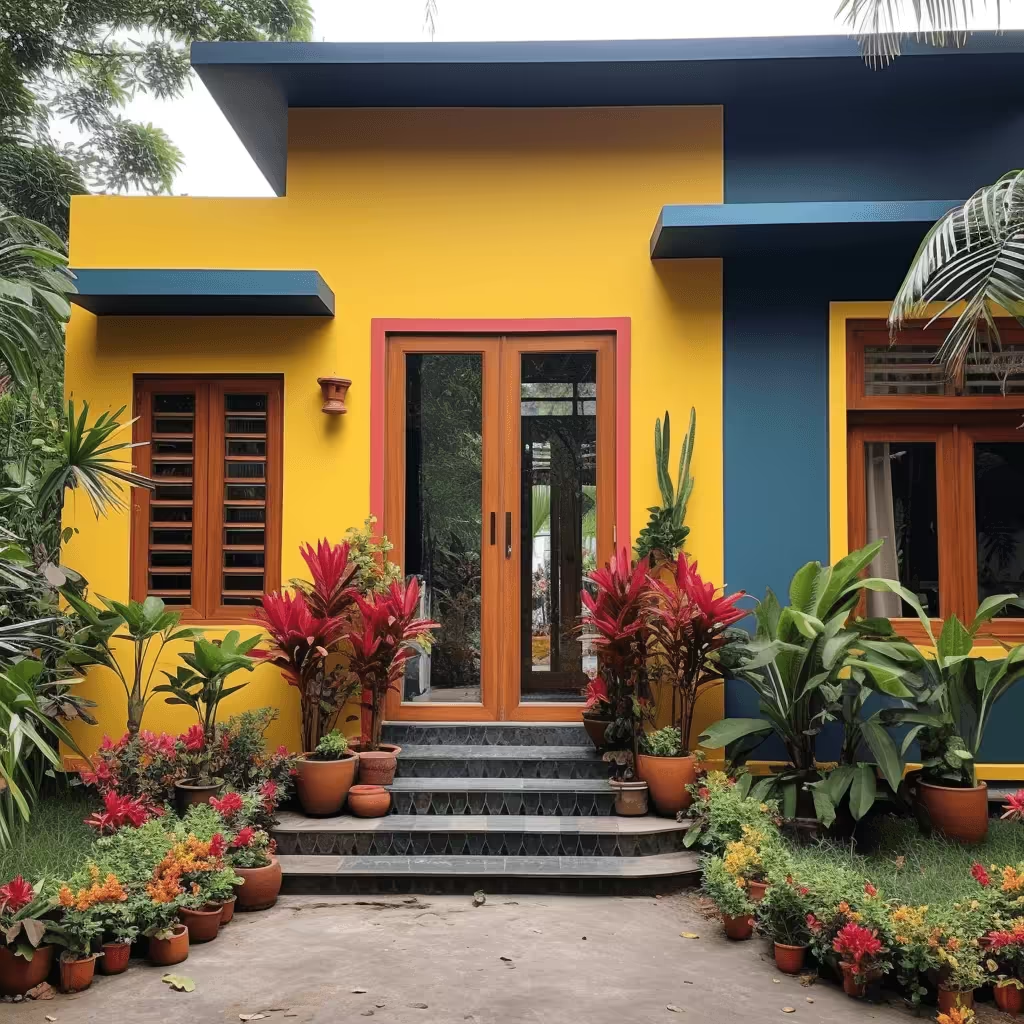Designing your dream home is an exciting journey that allows you to create a space uniquely tailored to your tastes and lifestyle. Whether you’re building from scratch, renovating an existing home, or simply refreshing your current space, careful planning and thoughtful design can transform your vision into reality. Here are essential tips for creating a personalized living space that reflects your personality and meets your needs.
#### **1. Define Your Vision and Goals**
**1.1. Clarify Your Style**
– **Identify Your Aesthetic**: Start by defining your preferred design style, whether it’s modern, traditional, eclectic, rustic, or minimalist. Collect inspiration from magazines, Pinterest, or design blogs to help visualize your ideal space.
– **Consider Functionality**: Think about how you use your space daily. Consider your lifestyle, family needs, and any specific requirements like a home office, playroom, or guest suite.
**1.2. Set Priorities**
– **Must-Haves vs. Nice-to-Haves**: List the features and rooms that are essential to you and those that are desirable but not necessary. This will help prioritize your design elements and budget.
#### **2. Plan Your Layout Carefully**
**2.1. Optimize Flow and Function**
– **Open Floor Plans**: Consider open layouts that enhance flow and maximize space, especially for areas where you entertain or spend a lot of time, like the kitchen and living room.
– **Traffic Patterns**: Plan your layout to facilitate smooth movement through your home. Ensure there is ample space for circulation, and that rooms are accessible without congestion.
**2.2. Room Zoning**
– **Functional Areas**: Create distinct zones for different activities within rooms. For example, in a large living area, you might designate spaces for lounging, reading, and dining.
– **Privacy and Comfort**: Consider the placement of bedrooms, bathrooms, and other private spaces to ensure comfort and privacy for all household members.
#### **3. Choose Your Materials and Finishes**
**3.1. High-Quality Materials**
– **Durability and Aesthetics**: Select materials that are both durable and visually appealing. Quality materials like hardwood floors, natural stone countertops, and high-grade fixtures can enhance the longevity and elegance of your home.
– **Color Schemes**: Choose colors that complement your style and create the desired ambiance. Neutral palettes offer flexibility and timeless appeal, while bold colors can make a statement and add personality.
**3.2. Finishes and Textures**
– **Coordinated Finishes**: Ensure that your finishes—such as cabinetry, flooring, and hardware—coordinate well with each other. Consistency in finishes helps create a cohesive look.
– **Incorporate Textures**: Mix textures like smooth metals, plush fabrics, and rustic wood to add depth and interest to your design.
#### **4. Incorporate Personal Touches**
**4.1. Customization**
– **Tailor-Made Features**: Include custom elements that reflect your personal taste, such as built-in shelving, bespoke cabinetry, or unique lighting fixtures.
– **Personal Art and Decor**: Display personal artwork, family photos, and meaningful objects to make your home truly yours.
**4.2. Functional Additions**
– **Smart Home Technology**: Integrate smart home features like programmable thermostats, smart lighting, and security systems for convenience and modern living.
– **Comfort Enhancements**: Consider adding features like a home gym, a cozy reading nook, or a dedicated craft room to enhance your comfort and hobbies.
#### **5. Focus on Lighting and Ambiance**
**5.1. Layered Lighting**
– **Ambient Lighting**: Ensure you have a good base level of lighting with ceiling fixtures or recessed lights to illuminate the entire space.
– **Task and Accent Lighting**: Use task lighting for specific activities, such as reading or cooking, and accent lighting to highlight architectural features, artwork, or decorative elements.
**5.2. Natural Light**
– **Maximize Windows**: Incorporate large windows or glass doors to bring in natural light and connect your indoor space with the outdoors.
– **Light Control**: Use window treatments like shades or blinds to control the amount of natural light and ensure privacy.
#### **6. Design with Sustainability in Mind**
**6.1. Eco-Friendly Materials**
– **Sustainable Choices**: Opt for eco-friendly materials like bamboo flooring, recycled glass tiles, or low-VOC paints to reduce your environmental impact.
– **Energy Efficiency**: Incorporate energy-efficient appliances, lighting, and insulation to lower utility bills and improve comfort.
**6.2. Water Conservation**
– **Low-Flow Fixtures**: Install low-flow faucets, showerheads, and toilets to conserve water and reduce your household’s water usage.
– **Rainwater Harvesting**: Consider systems for collecting and using rainwater for irrigation and other non-potable needs.
#### **7. Finalize Your Design**
**7.1. Professional Assistance**
– **Hire Experts**: Consider working with architects, interior designers, or contractors to bring your vision to life. Their expertise can help navigate design challenges and ensure high-quality results.
– **Budget and Timeline**: Establish a clear budget and timeline for your project to keep it on track and avoid overspending.
**7.2. Review and Revise**
– **Evaluate Functionality**: Before finalizing, review your design for functionality and flow. Make adjustments as needed to ensure the space meets all your requirements.
– **Personalize**: Add final touches and decor items to personalize your space and make it truly your own.
#### **8. Conclusion**
Designing your dream home is a rewarding endeavor that allows you to create a space tailored to your personal style and needs. By defining your vision, planning your layout, selecting quality materials, incorporating personal touches, focusing on lighting, and considering sustainability, you can create a home that is both beautiful and functional. Embrace the design process, collaborate with professionals, and enjoy the journey of turning your dream home into a reality.
